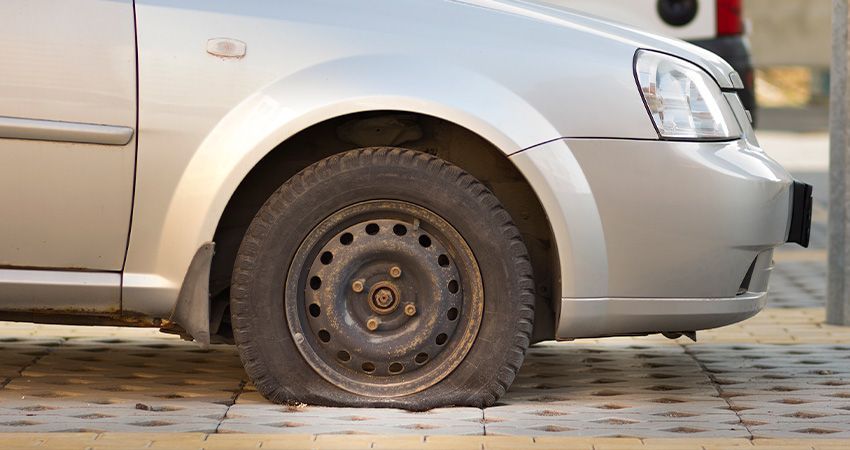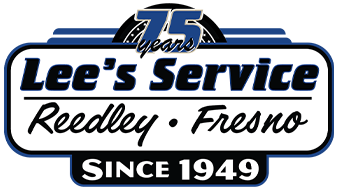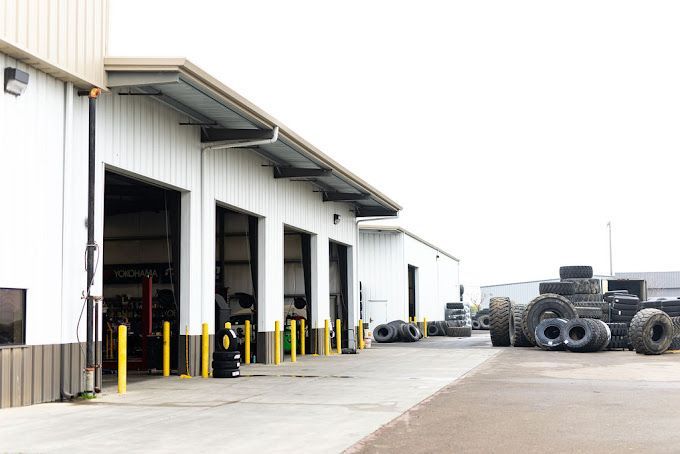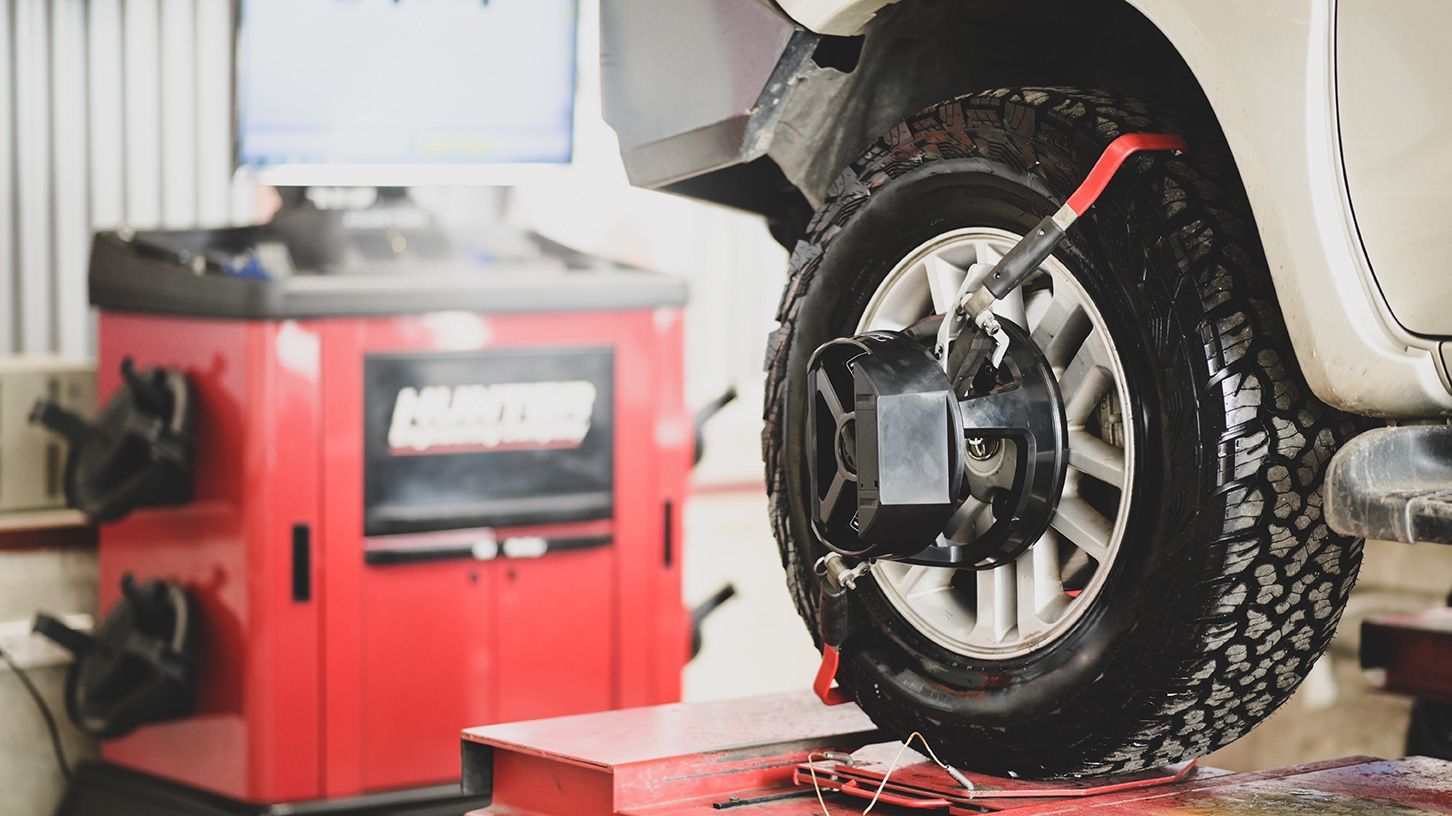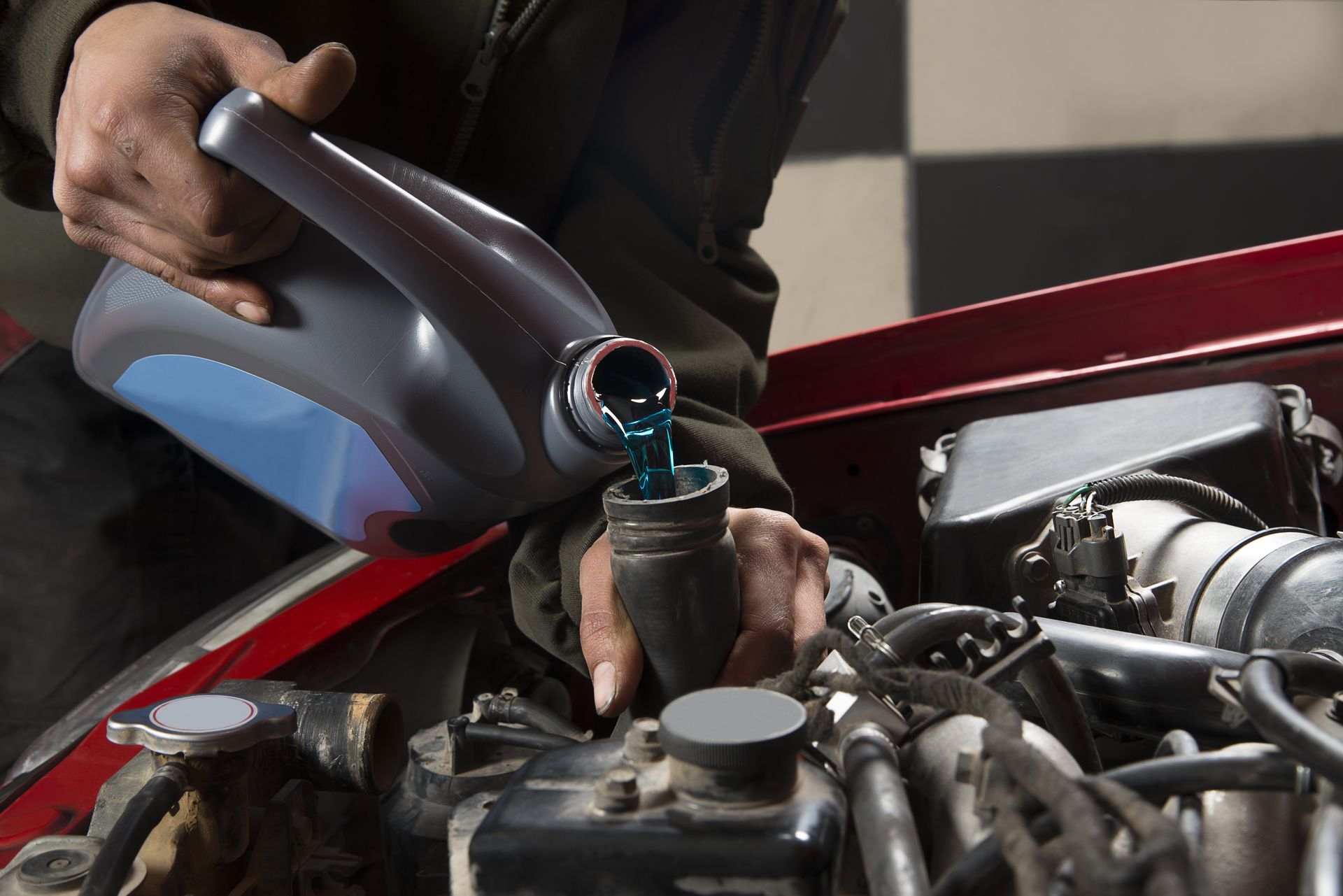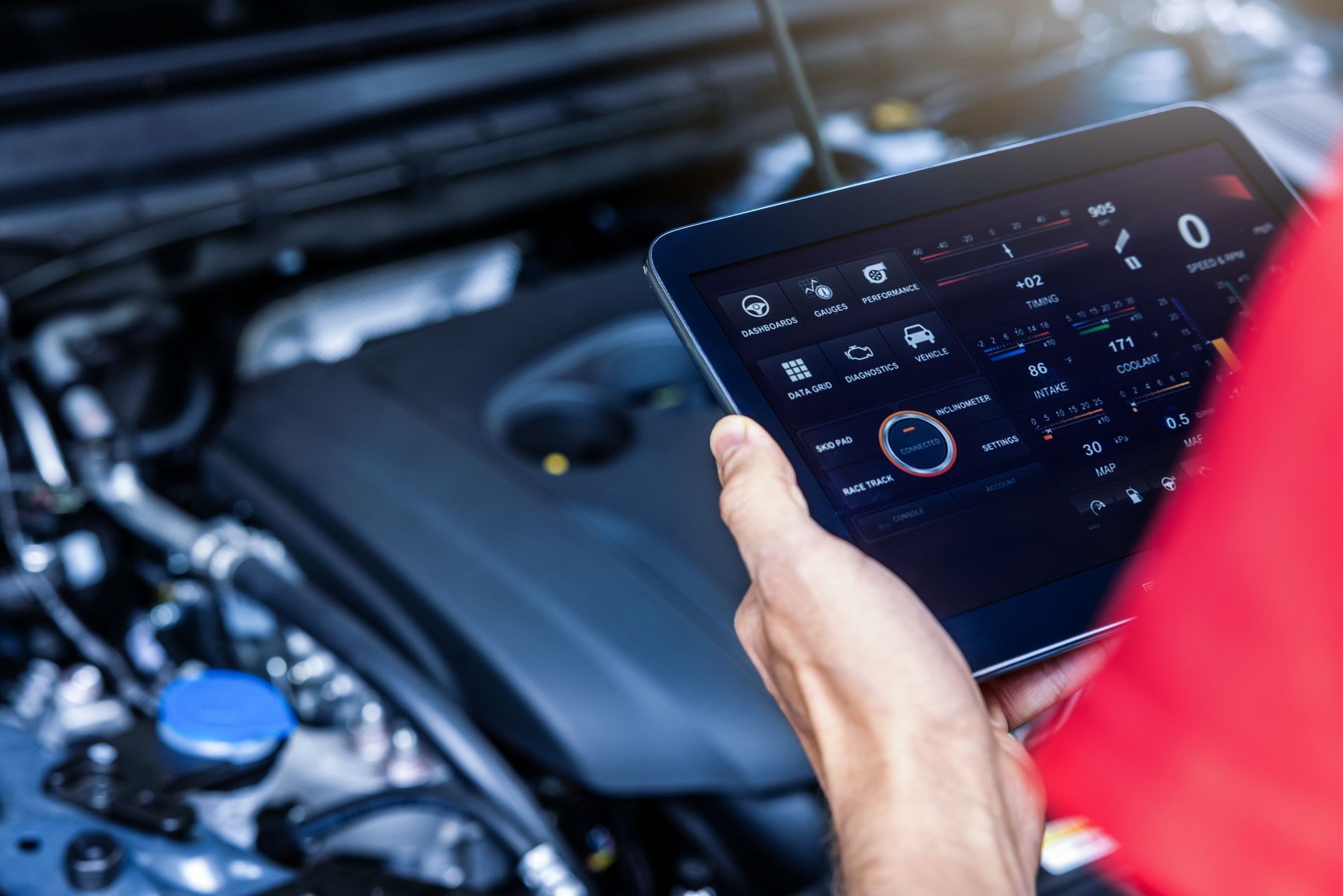April 15, 2025
With used car prices climbing and potential tariffs creating uncertainty in the auto industry, there’s never been a better time to take care of the vehicle you already own. Add in California’s hot summers, and regular maintenance becomes even more important to keep your car running reliably. At Lee’s Service in Reedley and Fresno, we’re here to help you protect your investment. From oil changes and cooling system checks to brake inspections and full diagnostics, our team makes sure your vehicle is ready for whatever the road—and the weather—throws your way. 1. Protect Your Car with Regular Maintenance One of the biggest concerns for car owners in Reedley, Fresno, and surrounding areas is the wear and tear caused by the hot California summers. Proactive maintenance is essential to keep your car running like new. By staying on top of your vehicle's service needs, you can protect essential components like: Engine Fuel System Transmission Cooling System Brakes and Power Steering How It Works: Simply bring your vehicle to Lee's Service for regular service visits. Keep up with recommended oil changes and fluid exchanges. Your vehicle will remain protected from costly failures by maintaining a proper maintenance routine. 2. Stay on Top of Regular Maintenance Routine maintenance is key to ensuring your car runs smoothly for 200,000+ miles. By following these essential maintenance tasks, you can avoid costly repairs: Oil Changes: The heat in California can cause oil to break down faster, so make sure you follow manufacturer recommendations and get regular oil changes. Coolant Flushes: Prevent overheating, especially during the summer months. Transmission Service: Keeps your transmission shifting smoothly and prevents premature failure. Brake & Power Steering Fluid Exchange: Helps maintain your car’s safety and responsiveness. Need an oil change ? Schedule yours at Lee's Service in Reedley or Fresno today! 3. Take Care of Your Tires in California’s Heat California’s hot summers can shorten tire lifespan if not properly maintained. Here's how to ensure your tires last: Check Tire Pressure Weekly: Heat causes air to expand, leading to overinflation. Rotate Tires Every 5,000-7,500 Miles: Prevents uneven wear and improves handling. Get a Wheel Alignment : California’s rough roads can knock your car out of alignment, leading to premature tire wear. Pro Tip: Proper tire care not only improves fuel efficiency but also keeps your car handling safely during California’s rainy season. 4. Avoid Hard Driving to Reduce Wear & Tear California’s mountainous terrain and high-speed highways can add stress to your vehicle. By avoiding aggressive driving habits, you can reduce wear on key components and extend your car’s lifespan: Ease into starts and stops to reduce engine and brake strain. Keep RPMs low to extend the life of your transmission. Use cruise control on highways to maintain steady speeds. California Heat Tip: If your car starts overheating, pull over and turn off the A/C to help it cool down faster. 5. How Tariffs Could Impact the Auto Industry & Used Car Prices With rising tariffs on imported auto parts, new car prices could see a significant increase, meaning demand for used cars will likely continue to rise. How This Affects You: If tariffs drive up the cost of new cars, fewer people will buy them, keeping used car prices high. Replacement parts for repairs and maintenance could become more expensive, making preventative maintenance even more essential. Investing in your current vehicle now can save you money in the long run. Local Insight: Keeping your car in top condition can save you thousands in future repairs, especially if parts and labor costs rise due to tariffs. 6. Use High-Quality Parts & Fluids for California Roads Cheap parts and low-grade fluids won’t stand up to California’s hot and challenging driving conditions. Use Heat-Resistant Oil & Coolant: Helps prevent overheating during the hot summer months. Stick with OEM or Trusted Aftermarket Parts: Quality parts last longer, even on California’s rough roads. Use Premium Gas if Recommended: Helps prevent carbon buildup in high-performance engines. Why Choose Lee's Service? We use only high-quality parts and expert service to keep your car running strong in California’s heat. Final Thoughts: Keep Your Car Running for 200,000+ Miles in Reedley & Fresno, CA With used car prices at record highs and tariffs making vehicle ownership more expensive, now is the time to invest in your car’s longevity. By following a routine maintenance schedule, using quality parts and fluids, and avoiding common wear-and-tear mistakes, you can maximize the life of your car and avoid costly repairs. Need Expert Maintenance in Reedley & Fresno, CA? Schedule an appointment with Lee's Service today, and let our skilled technicians help you extend the life of your vehicle in the California heat!
